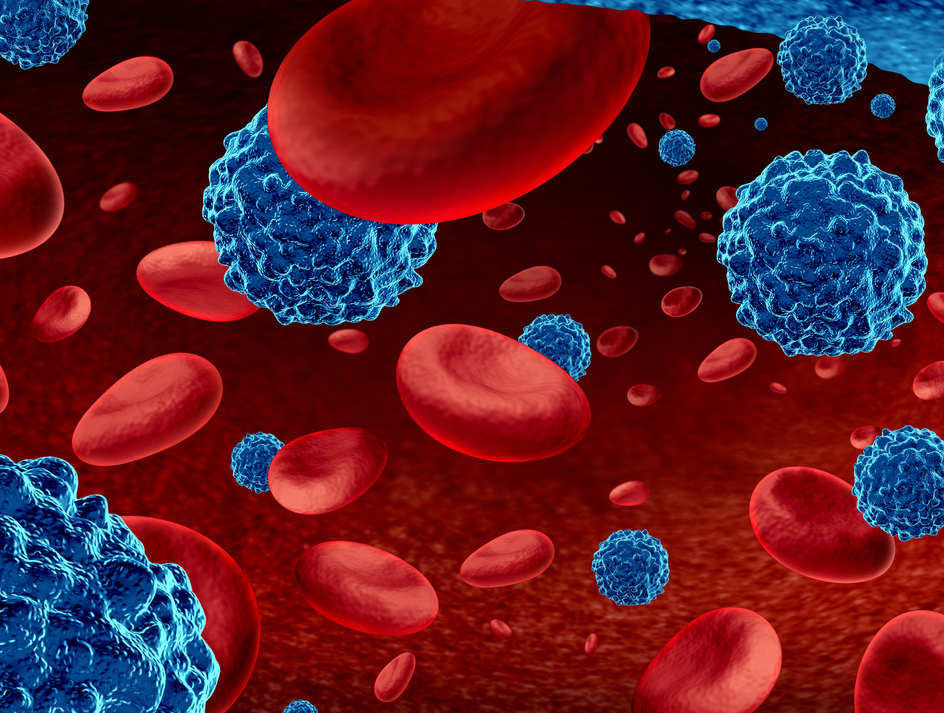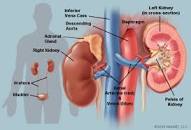
Recently Diagnosed or Relapsed? Stop Looking For a Miracle Cure, and Use Evidence-Based Therapies To Enhance Your Treatment and Prolong Your Remission
Multiple Myeloma an incurable disease, but I have spent the last 25 years in remission using a blend of conventional oncology and evidence-based nutrition, supplementation, and lifestyle therapies from peer-reviewed studies that your oncologist probably hasn't told you about.
Click the orange button to the right to learn more about what you can start doing today.
- You are here:
- Home »
- Blog »
- Multiple Myeloma »
- Proteinuria, Foamy Urine, Myeloma
Proteinuria, Foamy Urine, Myeloma

Proteinuria and the foamy urine it creates is a common symptom of multiple myeloma patients. The challenge with this symptom, as well as many other symptoms of this incurable blood cancer, is that it can indicate myeloma as well as other diseases.
I noticed foamy urine in the toilet bowl myself early in my mm experience. If you’re reading this post, the same may be happening to you. Here are the basics-
Here’s how this connection works:
- Proteinuria: This is a condition characterized by the presence of excess protein in the urine. Normally, the kidneys filter waste products from the blood, and large molecules like proteins are retained. When the kidneys are damaged or not functioning properly, they may allow proteins to pass into the urine.
- Foamy Urine: This can be a visual symptom of proteinuria. When there is a significant amount of protein in the urine, it can create bubbles or foam when you urinate. The presence of foamy urine doesn’t necessarily mean there is a serious problem, but it can be an indication that something is affecting the kidneys’ ability to filter properly.
- Multiple Myeloma: This is a type of cancer that affects plasma cells in the bone marrow. These abnormal plasma cells can produce excess amounts of a specific type of antibody called immunoglobulin. These excess antibodies can be deposited in the kidneys, leading to kidney dysfunction.
When the kidneys are affected by multiple myeloma, they may not be able to effectively filter out proteins, leading to proteinuria. This can, in turn, cause foamy urine.
It’s important to note that proteinuria and foamy urine can also be caused by a variety of other conditions, including but not limited to:
- Diabetes: Both type 1 and type 2 diabetes can lead to kidney damage, which can result in proteinuria.
- High Blood Pressure (Hypertension): Prolonged high blood pressure can damage the kidneys over time, leading to proteinuria.
- Glomerulonephritis: This is a group of diseases that damage the kidneys’ filtering units (glomeruli).
- Urinary Tract Infection (UTI): Infections in the urinary tract can cause temporary proteinuria.
- Certain Medications: Some medications, like certain types of antibiotics or nonsteroidal anti-inflammatory drugs (NSAIDs), can cause proteinuria.
If you or someone you know is experiencing proteinuria, foamy urine, or any other concerning symptoms, it’s important to seek medical attention promptly. A healthcare professional can perform tests to determine the underlying cause and recommend appropriate treatment.
Have you been diagnosed with multiple myeloma? Let me know- David.PeopleBeatingCancer@gmail.com
David Emerson
- MM Survivor
- MM Cancer Coach
- Director PeopleBeatingCancer
Foamy Urine
“Historically, persistent foamy urine noticed upon voiding is considered a warning sign of kidney disease. Foamy urine is characterized by the appearance and persistence of multiple layers of small to medium bubbles in urine voided into a container, such as a toilet bowl (see Figure 1). The appearance of a single layer of larger bubbles upon voiding, that quickly dissipate, can be considered normal. Traditionally, foamy urine has been considered by physicians, as well as by patients, as a marker of proteinuria…”
Proteinuria (Protein in Urine)
Kidney disease is only part of the concern
“Proteinuria is the presence of too much protein in the urine. It is typically a sign of kidney disease but can occur with other medical conditions.1
One of the main signs of proteinuria is foamy urine. However, healthy people can experience foamy urine, and it can develop with conditions besides kidney disease…
Causes of Proteinuria
Kidney disease is usually the first condition a healthcare provider will explore when there is excess protein in the urine. But other conditions can cause proteinuria, some of which occur independently of kidney disease…
Overflow Proteinuria
Overflow proteinuria is when the amount of low molecular weight proteins in the blood exceeds the amount the kidneys can filter. When this happens, the excess protein exits the body in urine.8..
Certain conditions can cause overproduction of proteins that, in turn, leads to overflow proteinuria:
- Multiple myeloma: A rare type of blood cancer that can lead to an excessive accumulation of proteins called light chains9
Dejoie T, Corre J, Caillon H, et al. Responses in multiple myeloma should be assigned according to serum, not urine, free light chain measurements. Leukemia. 2019;33:313-8. doi:10.1038/s41375-018-0339-y
Foamy Urine
“Multiple myeloma (MM) is the second most common hematologic malignancy that involves monoclonal immunoglobulin (Ig)-producing plasma cells. Due to its multifaceted clinical manifestations and complications, it draws attention to various medical specialties like neurology, nephrology, orthopedics, cardiology, etc.
Renal failure (RF) is one of the most common and most serious complications of MM that can be caused either by excess immunoglobulins that are nephrotoxic or some other causes like hypercalcemia, infection, etc.
In this review article, we have discussed the pathogenesis of RF in MM, described the different diagnostic tools to diagnose RF in MM, and explained different treatment modalities to treat RF in MM, including certain general measures (i.e., hydration, withholding any nephrotoxic agents), renal replacement therapy, serum free light chain (SFLC) removal by plasma exchange and high cut-off dialyzer (HCO-HD), chemotherapy, hematopoietic stem cell transplantation (HSCT), and renal transplantation…”


